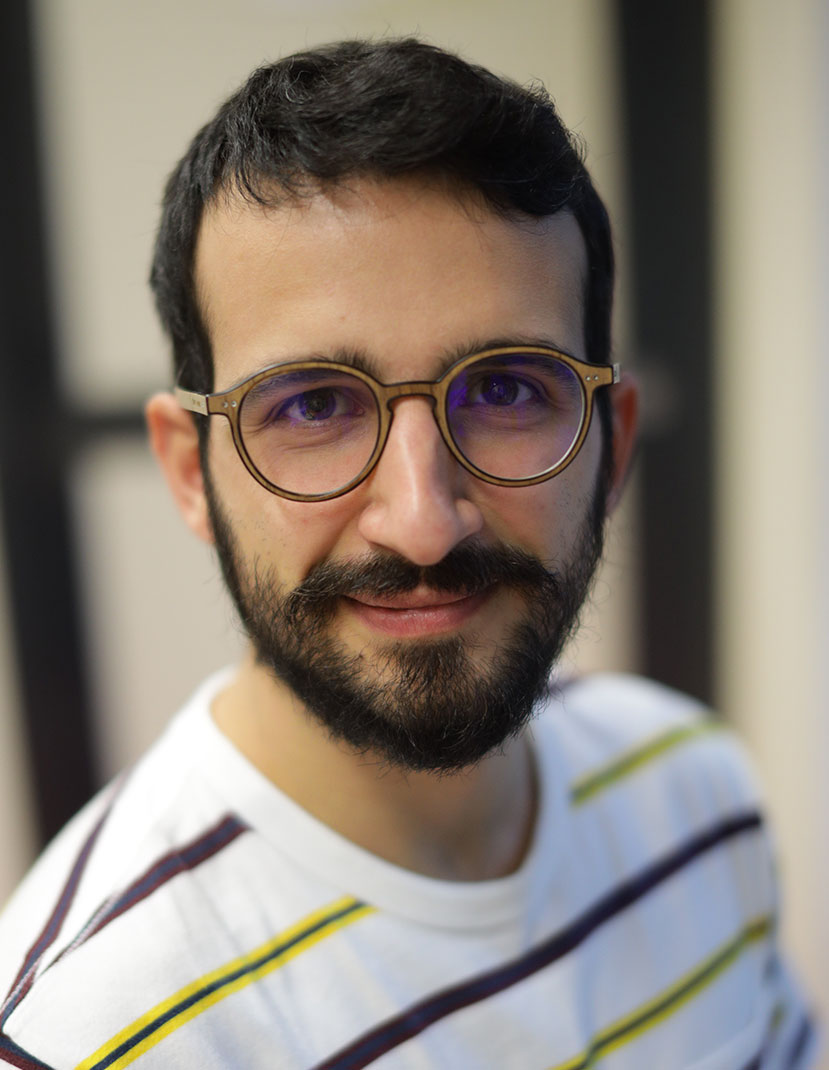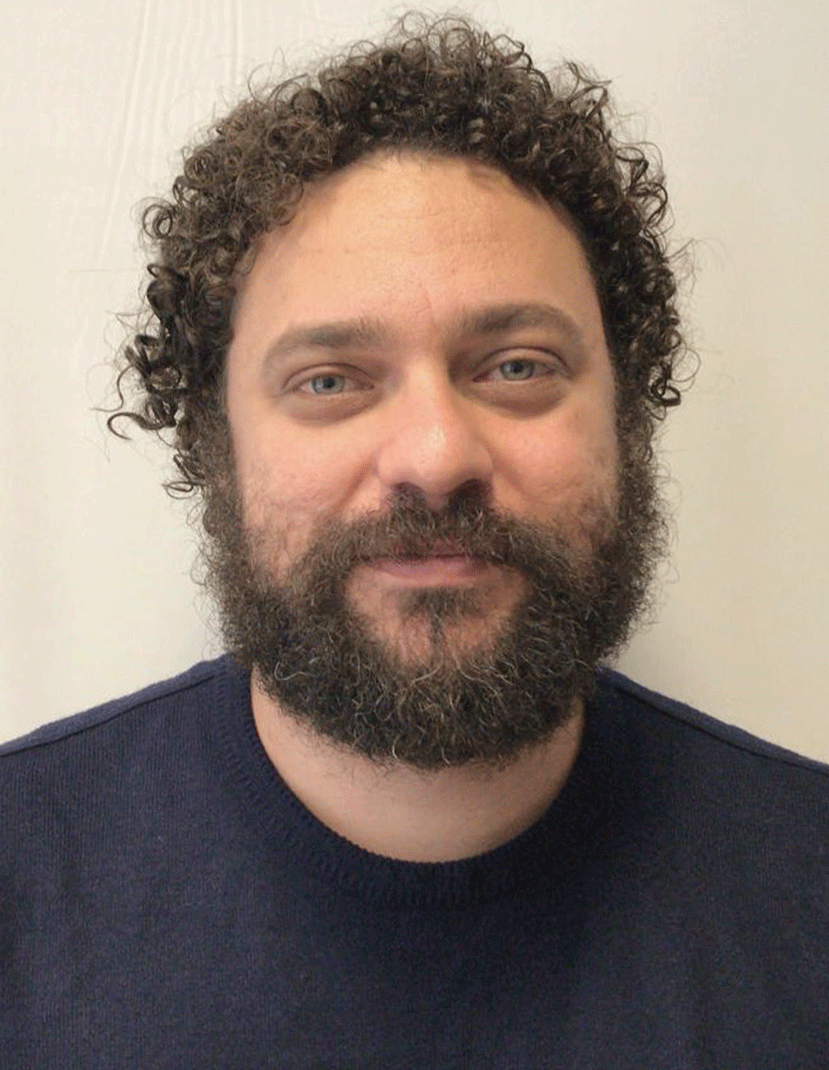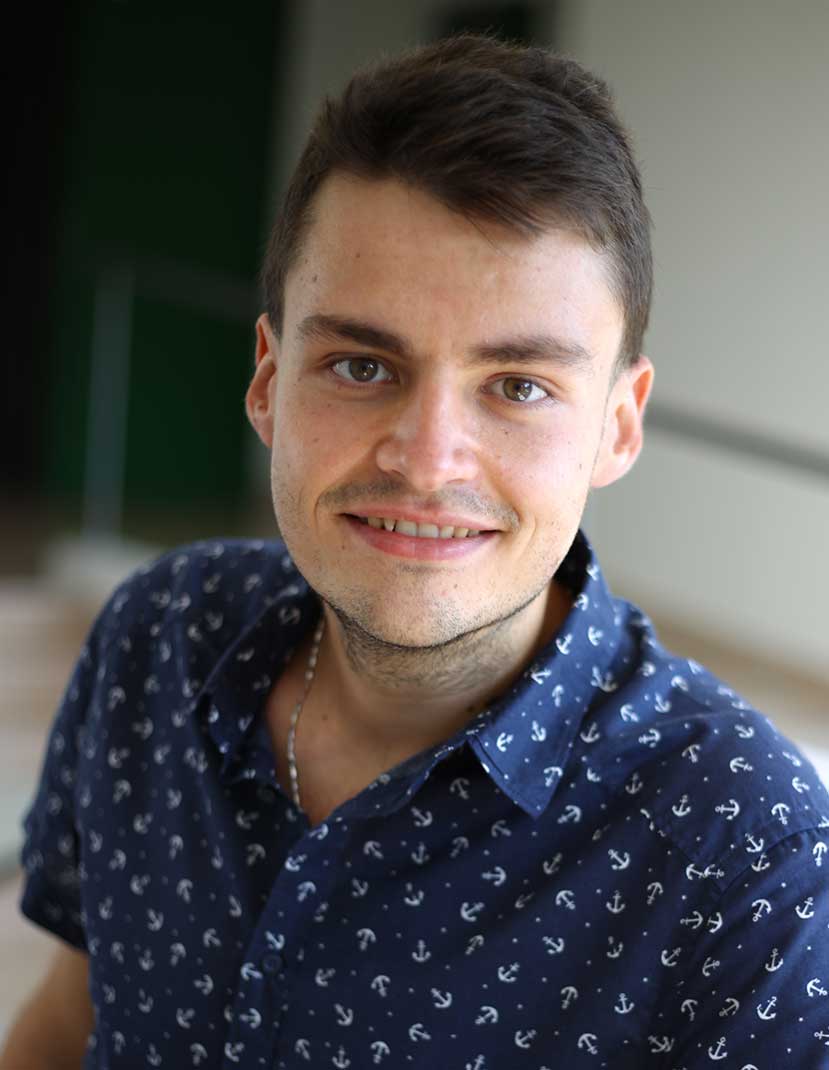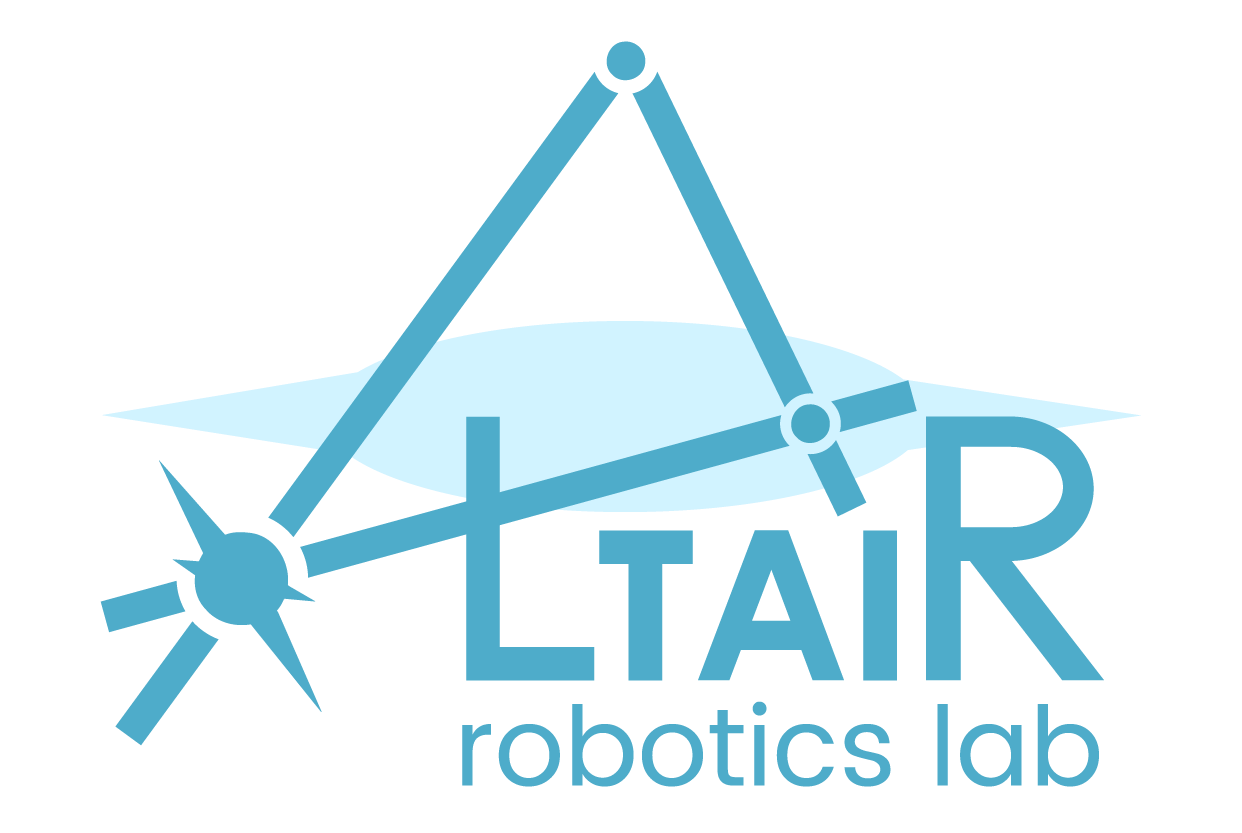EXOSKELETON robots
introduction
Exoskeleton robots are wearable devices encompassing the human body. They work together with the human wearer to enhance functionality, strenght, restore abilities, or promote motor rehabilitation. People with neurological disorders and physical impairments, but also factory workers can benefit from a new generation of exoskeloton robots able to more closely cooperate with humans.
ALTAIR Lab objective is to study and develop enabling technologies for novel exoskeleton robots which exhibits compliant behavior and human-adaptation. Exoskeletons can be used by factory workers but also impaired people. We think that future robots must be low cost and portable. Affordable price is a key aspect for successful application to industry, home assistance, and rehabilitation.
research topics
- Active robotic devices based on compliant principles and minimal actuation, see our prototype.
- Human-robot interaction: volitional control interfaces via myoelectric control.
- Force and impedance control of stiff and soft robots, see our control library.
Selected Publications
E. Feola, I. M. Refai, D. Costanzi, M. Sartori, A. Calanca, “A Neuromechanical Model-Based Strategy to Estimate the Operator ‘s Payload in Industrial Lifting Tasks,” IEEE Trans. Neural Systems and Rehabilitation Engineering, vol. 31, pp. 4644-4652, 20/11/2023.
D. Costanzi, M. Gandolla, A. Calanca, “Towards Personalized Myoelectric Control Strategies,” 2023 IEEE International Conference on Metrology for eXtended Reality, Artificial Intelligence and Neural Engineering (MetroXRAINE), Milano, Italy, pp. 858-863, 27/10/2023.
A. Calanca, E. Sartori, B. Maris, “Force control of lightweight series elastic systems using enhanced disturbance observers,” Robotics and Autonomous Systems, vol. 164, p. 104407, 17/03/2023.
A. Calanca, E. Dimo, E. Palazzi, L. Luzi, “Enhancing Force Controllability by Mechanics in Exoskeleton Design,” Elsevier Mechatronics, vol. 86, 13/7/2022.
A. Calanca, S. Toxiri, D. Costanzi, E. Sartori, R. Vicario, T. Poliero, C. Di Natali, D. G. Caldwell, P. Fiorini, J. Ortiz, “Actuation Selection for Assistive Exoskeletons: Matching Capabilities to Task Requirements,” IEEE Tran. on Neural Systems and Rehabilitation Engineering, 28(9), pp. 2053-2062, 27/7/2020.
A. Calanca, E. Dimo, R. Vicario, P. Fiorini, M. Serpelloni, G. Legnani, “Introducing Series Elastic Links for Affordable Torque-Controlled Robots,” Robotics and Automation Letters, vol. 4, no. 1, pp. 137–144, 26/10/2019.
A. Calanca, P. Fiorini, “Understanding Environment-Adaptive Force Control of Series Elastic Actuators,” IEEE/ASME Tran. on Mechatronics, vol. 23, no. 1, pp. 413–423, 15/01/2018.
A. Calanca, P. Fiorini, “A Rationale for Acceleration Feedback in Force Control of Series Elastic Actuators,” IEEE Tran. on Robotics, vol. 34, no. 1, pp. 48–61, 10/01/2018.
A. Calanca, R.Muradore, P. Fiorini, “Impedance Control of Series Elastic Actuators: Passivity and Acceleration-Based Control,” Mechatronics, vol. 47, pp. 37–48, 20/8/2017.
A. Calanca, P. Fiorini, “Impedance control of series elastic actuators based on well-defined force dynamics,” Robotics and Autonomous Systems, Special Issue on Human-oriented Approaches for Assistive and Rehabilitation Robotics, vol. 96, pp. 81–92, 21/6/2017.
A. Calanca, R. Muradore, P. Fiorini, “A Review of Algorithms for Compliant Control of Stiff and Fixed-Compliance Robots,” in IEEE/ASME Trans. on Mechatronics, vol. 21, no. 2, pp. 613-624, 07/08/2015.
A. Calanca, L. Capisani, P. Fiorini, “Robust Force Control of Series Elastic Actuators,” Actuators, Spec. Issue Soft Actuators, vol. 3, no. 3, pp. 182–204, 09/07/2014.
A. Calanca, P. Fiorini, “Human-Adaptive Control of Series Elastic Actuators,” Robotica, vol. 2, no. 08, pp. 1301–1316, 07/07/2014.
research projectS in this field
Robotic Orthosis
Design of an emg-controlled upper limb robotic orthosis for muscular weakness
Eurobench project
The FORECAST project focuses on benchmarking force control algorithms for robotic locomotion applications such as exoskeletons and humanoids.
ARGO: the Active Reciprocated Gait Orthosis
ARGO structure is based on a commercial passive Reciprocated Gait Orthosis (RGO) for Cerebral Palsy (CP) children, which has been modified to accomodate sensors and actuators. ARGO is intended for patients who can still apply a certain amount of force with their legs, at least enough to slightly raise up a feet. Thus, we want to motivate the patient to use his muscles by amplifying or facilitating the movements, rather than binding the trajectory to a walking pattern. In fact, although it is possible to find some common patterns on CP patient’s walk (crouch gait, scissor walking or toe walking), the actual walk varies a lot from patient to patient. Each walking strategy comes from the adaptation of the patient to his own body’s pathology, which are highly specific. Thus, forcing the user to adopt a normal walk would be not only useless, but possibly even dangerous for the patient. This drove us to the exigence of developing a non-coercive device, able to detect the force that the wearer is applying with his thigh, and appropriately compensate the joint torque. This is obtained using force control technology. Another innovative aspect is the minimal actuator arrangement which allows to reduce the complexity and cost while exhibiting high system transparency. In fact we arrange pneumatic artificial muscles in non-antagonist configuration exploiting the NFW mechanical reciprocation.
LAB PEOPLE ON TOPIC

Your content goes here. Edit or remove this text inline or in the module Content settings. You can also style every aspect of this content in the module Design settings and even apply custom CSS to this text in the module Advanced settings.





Rafael Ferro Luzia
Past Collaborators

Noè Murr
Alumni 2021


Matteo Meneghetti
Research Assistant

